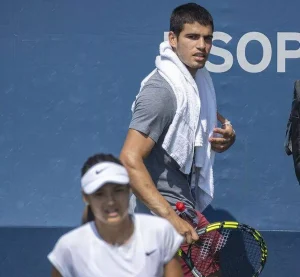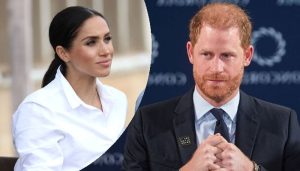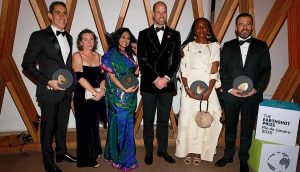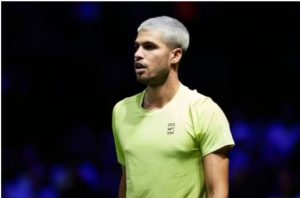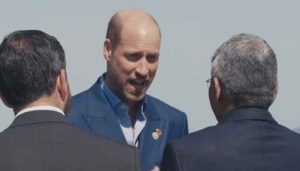FAIRBANKS, Alaska (KTVF) – On Thursday, Aug. 29, the University of Alaska Fairbanks (UAF) hosted a showcase of films from the Sundance Institute. Those that attended were able to witness a touring selection of vision and voice from indigenous filmmakers.
From Alaska Natives to the Māori of New Zealand, indigenous peoples have been a part of film history for a long time. However, they are usually depicted from the perspective of members outside of the community. More often than not, people of European descent. This however is changing and the Sundance Institute is helping support that change.
“Sundance is a mover and shaker for indigenous film,” said Kavelina Torres, a professor of indigenous media for the Dept. of Theatre and Film. While Sundance is perhaps best known for their film festival, they also have tours and Fairbanks was just one of the stops for their indigenous films tour. “Sundance actually sent us a note saying we have a tour and we would love to bring our indigenous film shorts tour to Alaska and we’d love to see if you can host,” said Maya Salganek, the chair of the Dept. of Theatre and Film at UAF.
While the department wanted to showcase the films in October, the institute only had a short window to use their funds. Facing a funding constraint, the UAF and Sundance agreed to host the showcase during the first week of the fall semester, allowing students to see the films in addition to interested members of the public.
The free showcase took place in the Salisbury Theatre in the Fine Arts Building at 6 p.m. From Eastern Canada to New Zealand, indigenous visions from across the world communicated to those that attended the screening. “There were a lot of films that are about the land and relationship to land, about language, about community, about disenfranchisement,” Salganek explained.
One of the biggest aspects of the screening was the reclamation of messaging by the artists. “When we make our films the way we want to be shown, that gives us a chance to express ourselves in a way that speaks to us and lets other people see what we see as opposed to having somebody from outside the community come in and film and they film what they see,” said Torres, a filmmaker and an Alaska Native who grew up on the road system in the 49th state.
The showcase also gave artists from Alaska Native communities an opportunity to share their own work. “[There was] one that was made in the southeast where he was speaking and then he took off his shoes and his socks and he walked in the sand and then you saw him dance in the sand as he was still speaking,” Torres said, speaking to a short film that utilized a spoken word format whilst incorporating visuals from Southeast Alaska and the traditional dance of the tribes from that area.
These films had many different durations, themes and genres as well. From short form documentaries, to comedies and dramas. While the collection carried great variation in both style and stories, the continued distress of younger and older generations as well as their different lived experiences was also pronounced. “In indigenous societies there’s always an elder voice and there’s always a younger voice,” Torres explained.
Both critical to continuation. The same way new technologies such as film are now critical in carrying on the knowledge and traditions of indigenous people as well as providing a new set of stories from younger generations.
Founded by renowned actor Robert Redford, the Sundance Institute serves as a platform to support and showcase the art made by independent filmmakers.
Copyright 2024 KTVF. All rights reserved.
